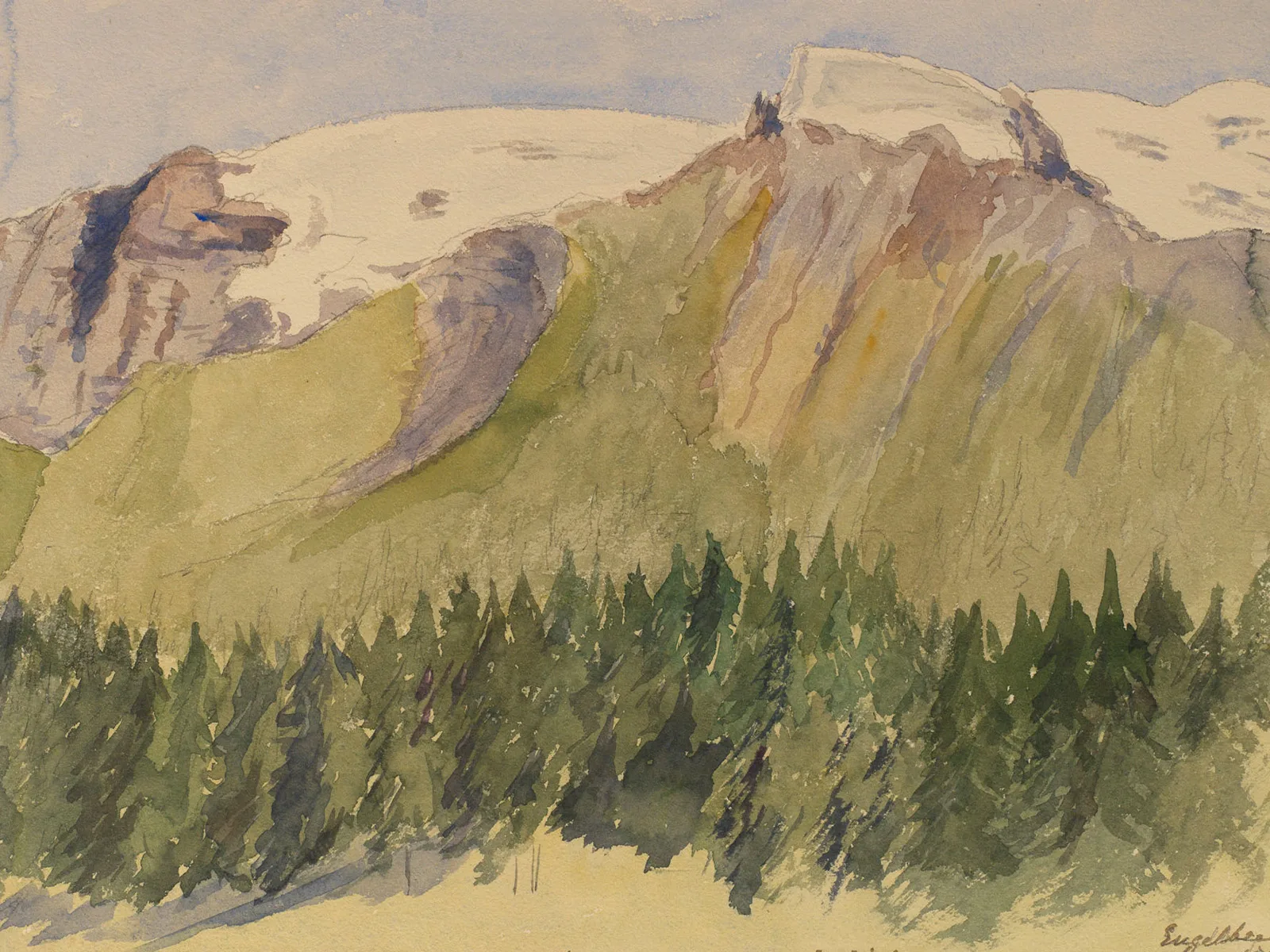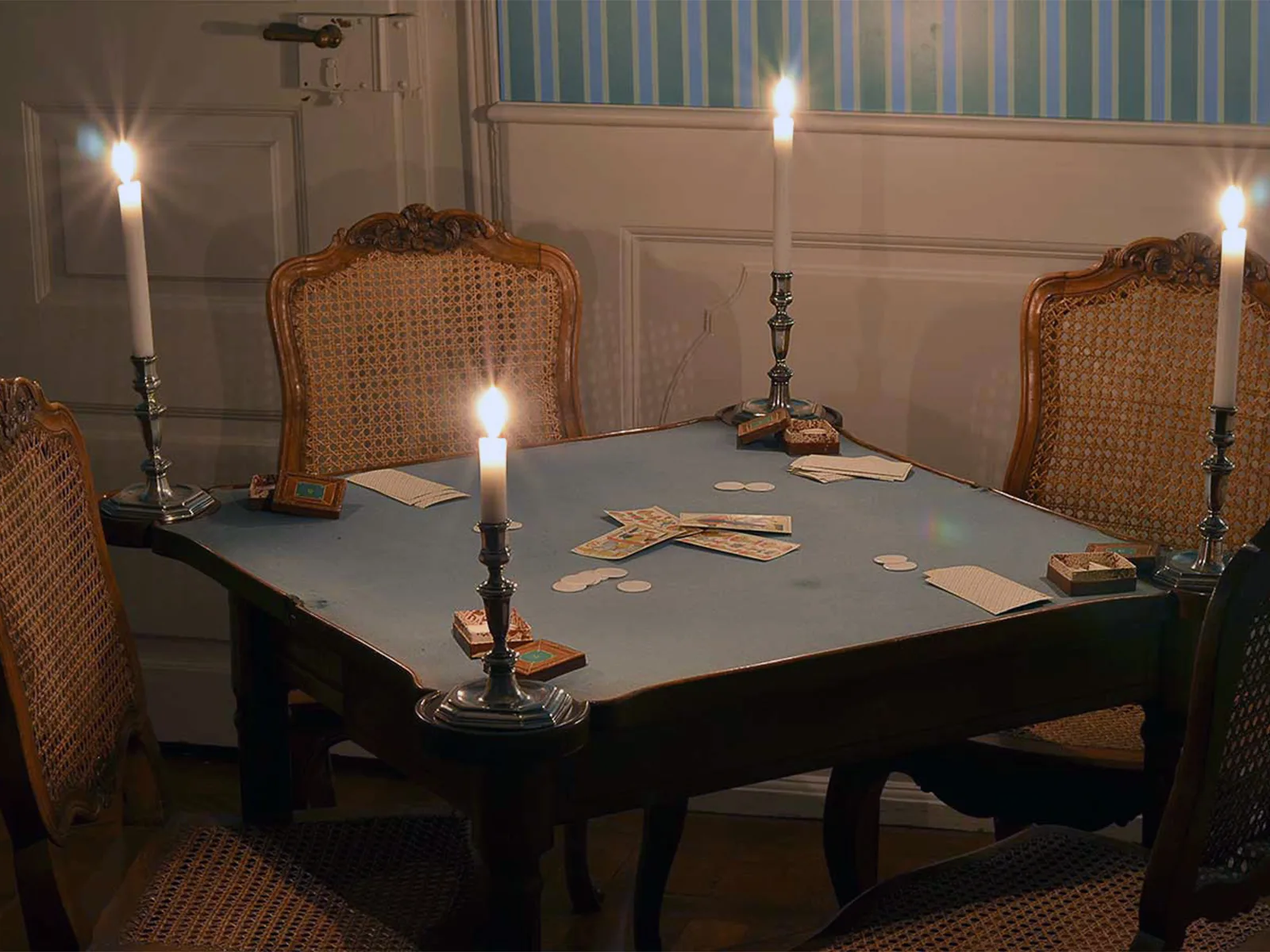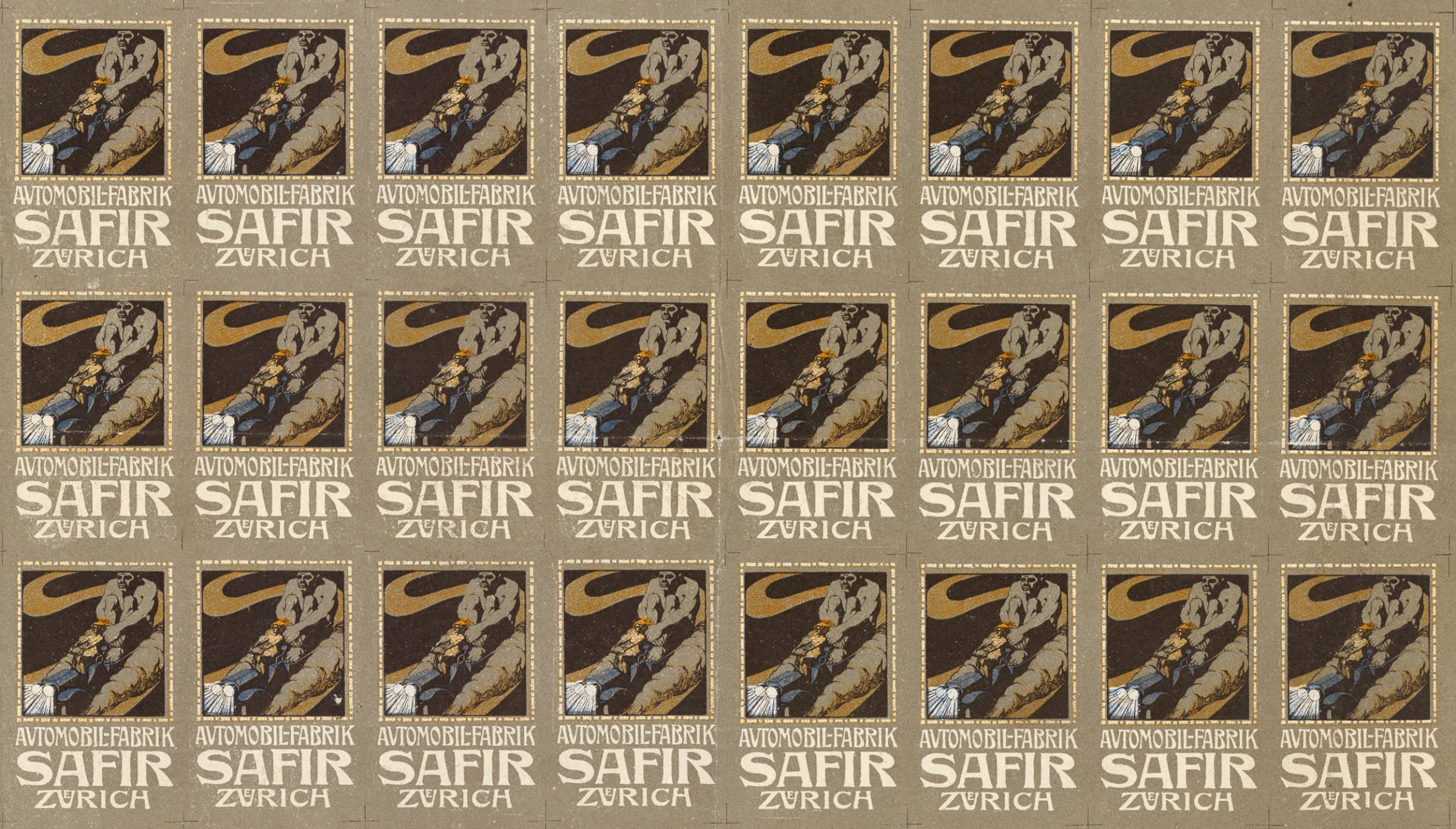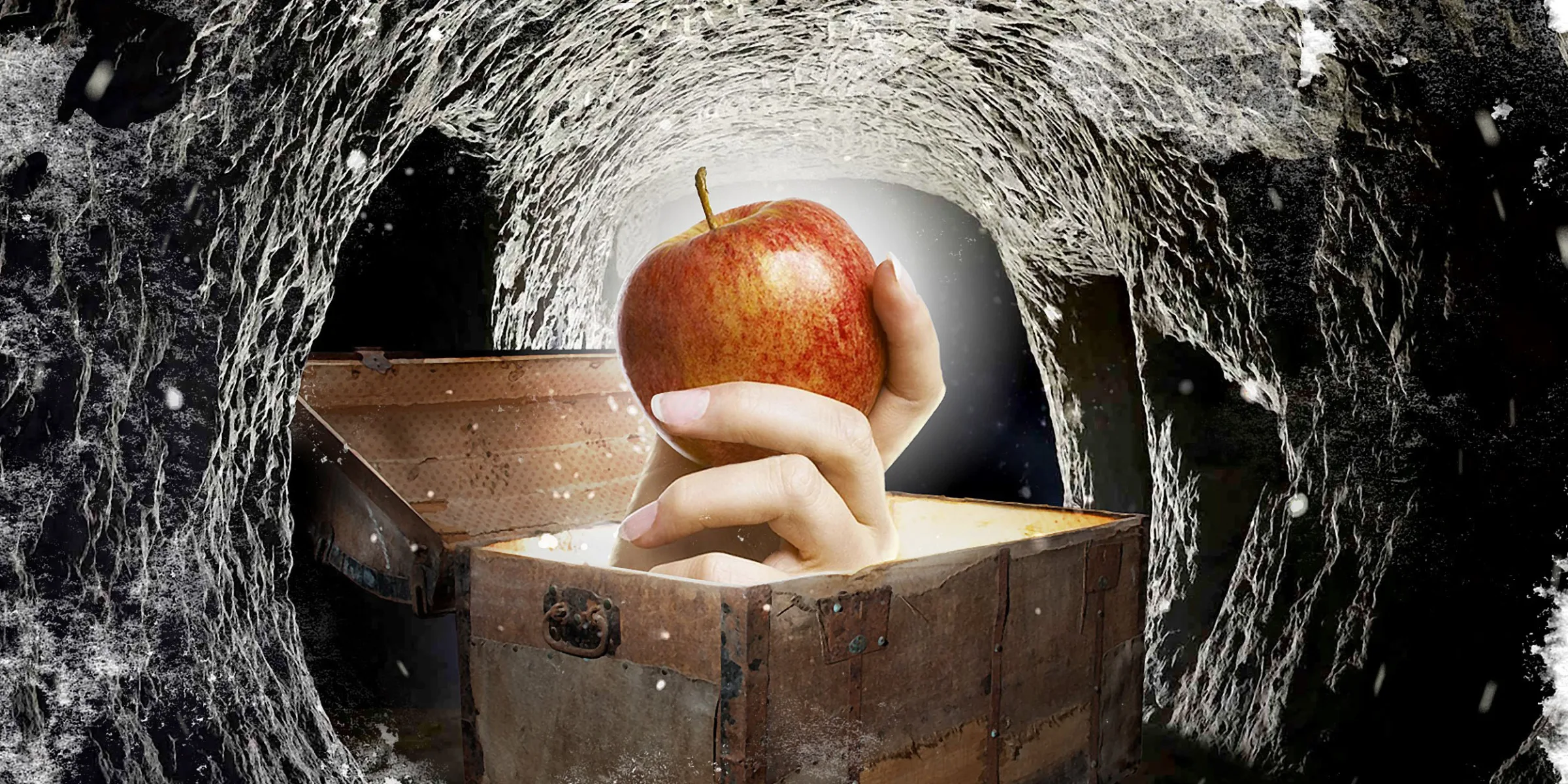
Illustration: Marco Heer
A treasure trove in a quarry
It’s one of nine quarry sites in the Canton of Zurich, and certainly the most eccentric. The silica sand quarry at Buchs in Zurich was created by chance in 1898, and hit the headlines in April 1910.
It was actually supposed to be a dugout for a fuel tank behind a house. The sand that Johannes Spühler was digging out caught the attention of an employee of the Bülach glassworks who happened to be present. The man immediately recognised the valuable raw material for glass production. Spühler and his son Hans, together with farmhands and day laborers, subsequently dug a tunnel around 100 metres long into the mountainside. There were also transverse passages around 80 metres long.
Whilst they awaited the return of the wagons that took the sand to the nearby Buchs railway station, from where it was transported to Bülach, the workmen passed the time creating all kinds of whimsical sculptures.
THE GALLERY OF THE ORDINARY WORKERS
This resulted in approximately 40 sometimes bizarre statues and reliefs, which still gaze down at visitors from the rock face. There’s the archangel Gabriel with a flowering twig. His cheeks still glow fresh and pink. Or there’s a somewhat chunky Adam and Eve, complete with lascivious snake, and fairy-tale figures such as Little Red Riding Hood and Snow White in her red dress, accompanied by a host of colourful dwarfs. Most of the figures have also been painted with pale watercolours. The miners showed their patriotism with, among other things, the headstrong Helvetia, whose facial features are more evocative of a Helvetio.

The workers passed the time in beautifying the caves. With the ravens of St Meinrad, for example.
Katrin Brunner

Snow White and her dwarfs were created in 1904 by sculptor, painter and illustrator Hans Hippele from Zurich.
Katrin Brunner
ENTERTAINMENT FOR THE TOWNSPEOPLE
With high humidity and a constant temperature of nine degrees, the colours still look fresh and new. Spühler and his workforce also recreated the entrance to the Simplon Tunnel, and the Lion Monument (Lucerne’s Löwendenkmal). True to the Lucerne original, the proud animal lies gravely injured at the water’s edge, and has been dying for more than 100 years.
Thanks to its density, the sandstone was ideal for glass-making. The quarrying was a family business, run alongside the family farm. Johannes Spühler made a conscious decision to use this type of mine working rather than the open pit mining that was common at the time and was also practiced in other communities. This enabled him to preserve the vineyard and meadow above. In addition, he and his men were safe from the foul weather while working.
In the beginning, the operation was so profitable that the quarry was sending up to five rail wagons full of the best quartz sand to Bülach each week. It was back-breaking work, and sooner or later everyone complained of rheumatism. A worker earned approximately six francs a day in wages. Despite this, those involved didn’t lose their sense of humour.
The ingenious Spühler was also a bit of a joker. He realised early on that money could be made not only with the sand, but also with the dark cave passages and the sculpted works of art inside them. In 1906 he opened a ‘summer pub’, which the people of the nearby town were only too happy to patronise. He made postcards showing views from the interior of the mountain, some depicting posed scenes such as a ‘band of gypsies’ having a drinking session, and secret assassins going about their work.

The mine was also a place of entertainment. Postcards were even produced and sold.
Katrin Brunner
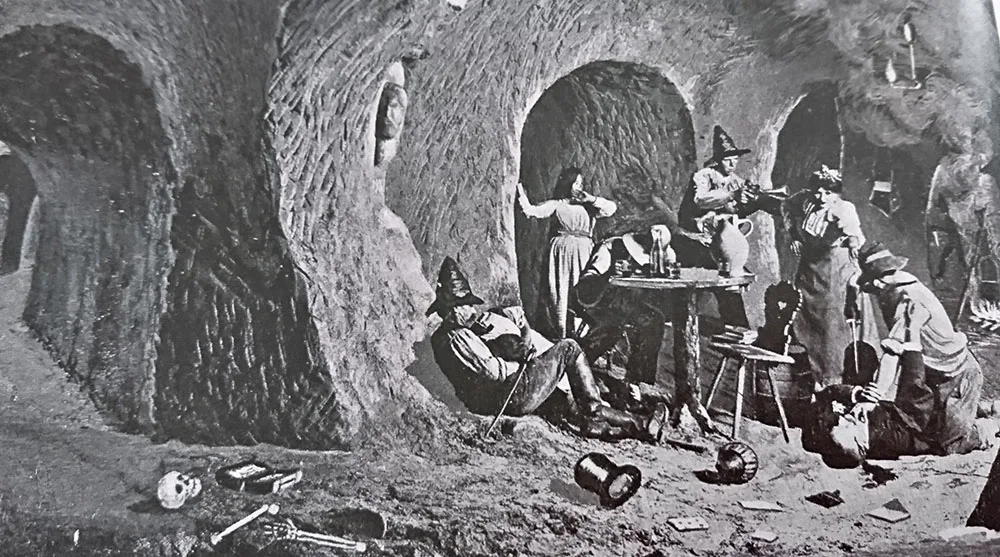
A ‘band of gypsies’ in the cave: whether it was a drinking session or a murder in the dark, Johannes Spühler staged all kinds of bizarre scenes in his mine.
Katrin Brunner
RUSSIAN TREASURE
In spring 1910 a rumour started going around. A treasure chest filled to the brim with Russian and French banknotes had been found in the mine on 1 April. The many petitioners who knocked on Spühler’s door as a result of coverage in the Neue Illustrierte Zeitung were directed to contact a certain Doctor Lirpa. But canny readers quickly noticed that Lirpa backwards is April…
During World War I, the Bülach glassworks scaled back its production. In addition, the railway system between Buchs and Dällikon was suspended for a total of three years due to a shortage of coal. These events marked the end of the mining operations, as the quartz sand from Buchs was rarely used after that.
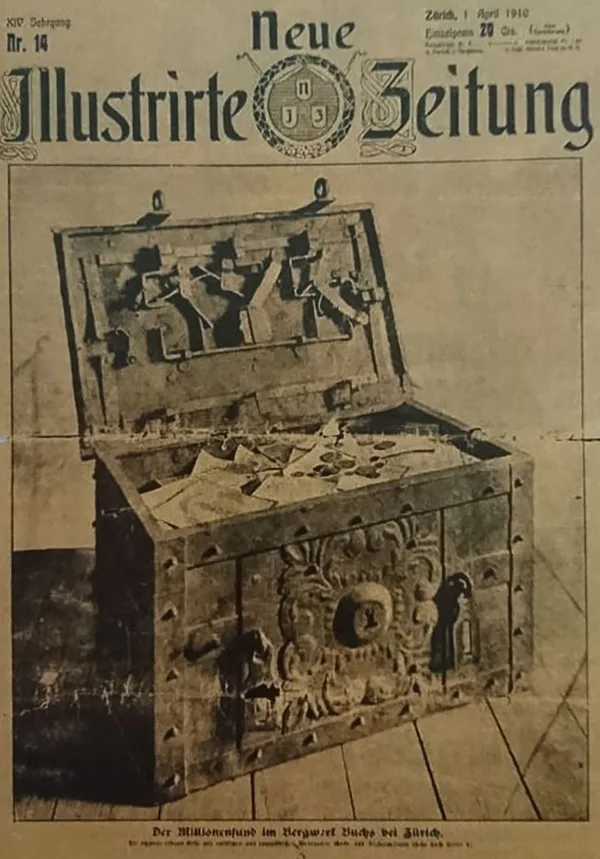
Successful April Fool’s Day joke: in 1910 Johannes Spühler, alias ‘Dr Lirpa’, reported in the Neue Illustrierte Zeitung on a treasure trove in the mine.
Katrin Brunner

